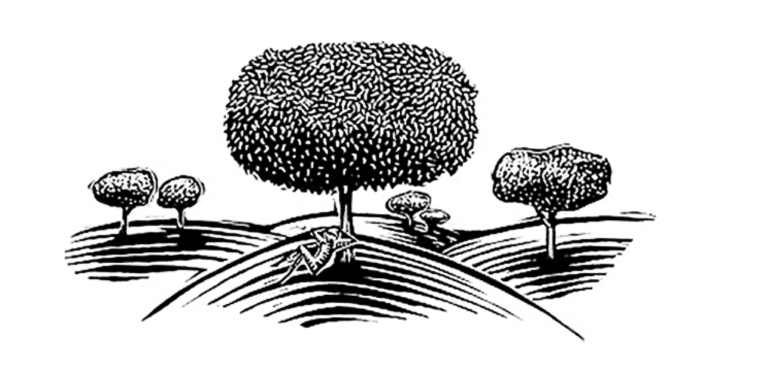On a clear day last summer, my kids and I stood at a crosswalk while traffic streamed by. It was tourist season in our little Montana town, and the roads were busy; nobody was stopping. A woman in a minivan passed us, intent on the phone propped up on her steering wheel. She is the kind of driver who makes me wish driverless cars were ubiquitous. “Not yet,” I said to my kids, waiting for the traffic. “Not yet.”
Waiting for the traffic. It’s an odd turn of phrase. Shouldn’t it simply be waiting for people to stop? The consciousness of traffic as a live entity has seeped into our language, moving in tandem over the last century with an unquestioned assumption that cars, not pedestrians, have the right of way on our roads. We’ve even developed a code of rules and identities around this idea: if I took my kids to the middle of the block and tried to cross from there to the bank, which was where we were heading, we would become jaywalkers, a class of person invented by the automobile industry in the 1920s and an idea used ceaselessly to turn public roads into motorways. These roads were once public spaces for all to use, not concrete and asphalt but dirt and grass, and we once walked on them.
Back then, when jaywalking was invented, reserving the public roads for cars meant the movement of pedestrians became an impediment to urban planning and traffic engineering—something to avoid, complain about, minimize. Displacing people who traveled on foot made it easier to drive more, to speed up, to disconnect from the lives outside our doors. Ridding streets of walkers was necessary, it seemed, to achieve the efficiency that capitalism requires.
We show few signs of reversing. Futurist and theoretical physicist Michio Kaku writes enthusiastically about driverless cars in his book Physics of the Future, imagining a time when we can sit comfortably immersed in a book or on our smartphones while our cars drive us where we need to go. And yet the thought of sitting enclosed in a box, absorbed in my Twitter feed while the world scrolls by, feels like death. I long for firm footpaths under my feet.
Back at the crosswalk, I remember thinking: Can we move ahead safely? Will the police give us a ticket if we cross illegally? It occurred to me how odd this is—that we all live in cities or towns in which our most natural, simple, and least violent motion—walking—is restricted by law. What kinds of ancient calls are we ignoring when we route our feet to the nearest intersection?
Every generation has to be taught: look left and right and left again. Never ever run into the road, we tell our children. Don’t chase your ball. Don’t race to greet a friend. Don’t, at any cost, answer the urge of your body to propel itself by foot straight in the direction you need or want to go.



Comments
Please Note: Before submitting, copy your comment to your clipboard, be sure every required field is filled out, and only then submit.